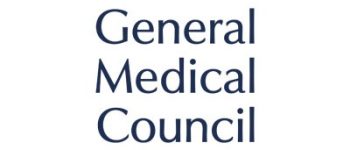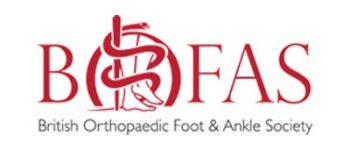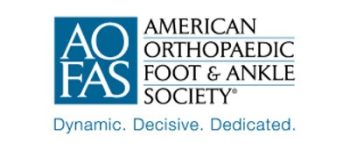BIG TOE ARTHRITIS SURGERY
Do you have a painful joint at the base of your big toe? Is it stiff, or does it hurt if you try to run or walk too far? Is your big toe joint swollen, or rubbing in your shoes?
If so, you might have a wear and tear form of arthritis (osteoarthritis) in the big toe joint (metatarsal phalangeal joint). When the toe becomes very stiff, we called it ‘Hallux Rigidus’.
Big toe arthritis surgery may be an option for you.
Services
Big Toe Arthritis
Big toe arthritis is more common in people who’ve led a very active life and have played lots of sports, and it’s more common if you’ve ever had trauma to your toe.
As the joint wears, the articular cartilage that lines the joint deteriorates, and the body responds by producing bony growths (called osteophytes), which limit the movement of the joint.
When we meet, I’ll be asking you lots of questions about how your toe is affecting your life, and I’ll examine your foot, and also take some X-rays.
What Are the Treatment Options for Big Toe Arthritis?
In the early stages, patients can often be helped with a steroid or hyaluronic acid injection to settle the joint, and physiotherapy and podiatry to improve the toe’s function.
With time and disease progression, this becomes no longer sufficient, and so we may need to consider active intervention.
There are two kinds of procedures that we may consider:
Minimally Invasive Cheilectomy
This is a surgery to essentially remove the bony bumps (osteophytes) at the top of the joint that are blocking the movement of the big toe joint, and it’s a day case surgery that’s carried out under a local or light general anaesthetic. It’s carried out through a single tiny incision around the toe joint – around 3mm long – and under X-ray guidance, I removed the bony bumps using specialised instruments.
After this operation, you’ll get back to being active really quickly. You can walk on your foot straight away and wear normal shoes after 48 hours. There will be a single suture that I’ll remove when we meet again at 2 weeks after the surgery. The aim is to get a toe that is less painful. It won’t totally take the pain away, but it will make it very much less intrusive. You can go back to running and other sports as soon as it’s comfortable enough. In fact, with this type of surgery, the more you do with it quickly, the better the results. Its low risk and has very little down time.
Most surgeons still do this operation the standard open way which although achieves the same goal, does increase the recovery time as a much larger wound has to heal and increases the risk of a wound infection. Although it is technically still possible, I have not yet had a patient who suffered with a wound infection from a minimally invasive cheilectomy.
Big Toe Fusion
Sometimes the big toe becomes so worn, that it becomes necessary to fuse the joint. When there is wear in a joint, and those worn surfaces are moving around, it becomes very painful. If we stop the joint moving, we can significantly decrease the pain.
The surgery is a day case surgery carried out under local or a light general anaesthetic. I make an incision on the top of the toe, over the joint, and I prepare the ends of the joint by removing the remaining worn cartilage, so that fresh bone is exposed, and healing can occur once the joint is fused. It’s a bit like repairing a broken bone. I then place a metal plate across the joint, which is held in place with screws.
After the surgery your foot will be numb for several hours (as I will have placed some nerve ‘blocks’ around the ankle), and your foot will have a dressing on it, which you must keep dry and leave on for two weeks – when we’ll meet again.
You’ll leave hospital with an orthopaedic shoe which keeps the foot straight; you’ll be allowed to walk on your foot, and when you’re home, I’d like you to rest with your foot elevated as much as you can for 6 weeks.
You can return to a desk-based job after a week or two, but if you’re expected to be on your feet a great deal or if you have a very manual job, you may want to give it up to six weeks before you return to work.
Whilst it is possible to get back to sports and impact activities such as running, it’s best to wait until at least four months has gone by from the time of surgery.
A 1st MTP fusion is the currently still the most predictable way to treat painful big toe arthritis but it does have the longest recovery time out of the previous options. It also has risks which need to be weighed up in the decision making process such as the risk of non-union (the bone not healing together) or infection.
If you suffer with painful 1st MTP or big toe arthritis and are not sure which option is right for you, I can help you weigh up the pros and cons, see the risks and potential benefits of each procedure and guide you to understand your condition, the options available for you and enable you to make the right decision.










